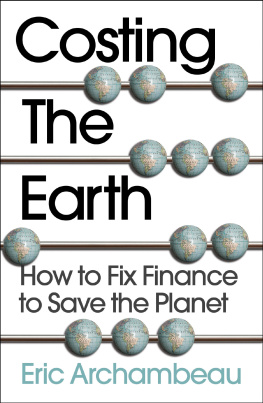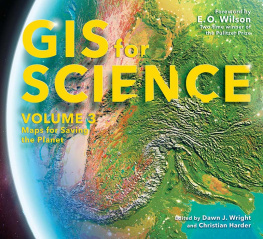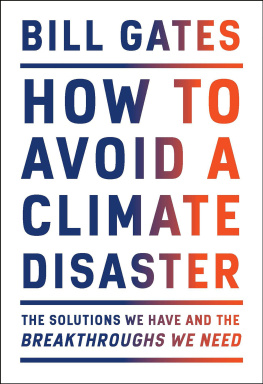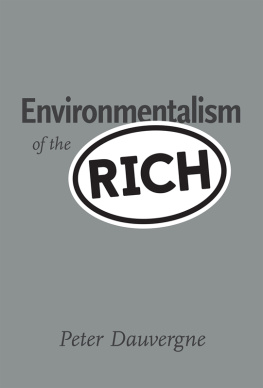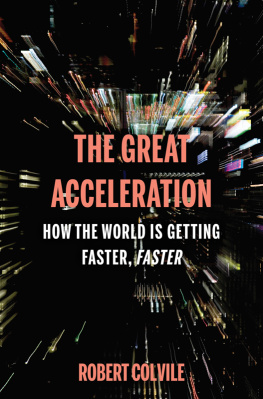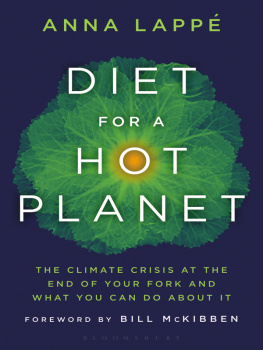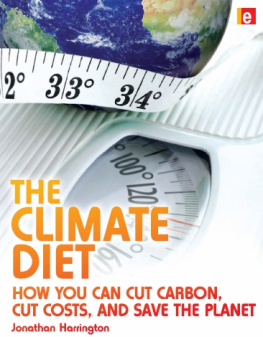Contents
Guide

First published in 2022 by Eric Archambeau
in partnership with whitefox publishing
www.wearewhitefox.com
Copyright Eric Archambeau, 2022
ISBN Paperback 978-1-915036-48-3
ISBN eBook 978-1-915036-49-0
: Mnchen, Deutsches Museum, Kalorienzhler: Bundesarchiv, Bild 102-14096 / CC-BY-SA 3.0.
: Village Fair at Hoboken, c. 1559. Rosenwald Collection.
Eric Archambeau asserts the moral right to be identified as the author of this work.
All rights reserved. No part of this publication may be reproduced, stored in a retrieval system or transmitted in any form or by any means, electronic, mechanical, photocopying, recording or otherwise, without prior written permission of the author.
While every effort has been made to trace the owners of copyright material reproduced herein, the author would like to apologise for any omissions and will be pleased to incorporate missing acknowledgements in any future editions.
Designed and typeset by seagulls.net
Project management by whitefox

Preface
Studying statistical thermodynamics at UC Berkeley, and fault tolerant computing at Stanford University in the early 1980s, was not, perhaps, the most conventional of routes into the world of agriculture and food. However, these studies, alongside my early entrepreneurial journey in data-mining and game theory, made me a believer in the need for strong data analysis to inform better decision-making. And whether were talking about regulators, investors or consumers, fully informed decisions are sorely needed these days, most particularly when it comes to climate-related policymaking and consumption choices.
It was my later career as a venture capitalist that helped me spot the recent trends in biotech, precision farming and food logistics development that are, together, ushering in a new era in the agri-food technology sector. While these agri-food innovations rarely trouble the front pages, news bulletins and social media (no doubt because they are the wrong sort of news, to paraphrase Steven Pinker), they have the capacity to alter the trajectories of several deadly trends: by drastically lowering global greenhouse gas emissions, reducing freshwater shortages due to human activities, halting the catastrophic collapse of biodiversity and putting an end to the fast-growing obesity epidemic.
Yet these new technologies, even if brought to market by unstoppable, purpose-driven entrepreneurs, might very well miss broad market acceptance if nothing is done to change the way we measure and account for the true cost of the way we do business today. Without a complete, 360-degree view of the total costs to society of maintaining incumbent corporations products and services at their current level of carbon emissions, water, forests and soil degradation as well as the social and health tolls exacted on human populations this new wave of start-ups may never gather the required escape velocity to reach full financial and market momentum.
This book is an attempt to explain why shifting to impact investing practices is so urgent, as it is perhaps the only way to allow this new generation of agri-food tech companies to find the required financial backing to challenge the sectors incumbents, while there is still time for our planet to recover and for us all to enjoy great food that should not cost the earth.
Eric Archambeau
Brussels

Introduction
At the tail end of 2002, after two decades in Silicon Valley as a technology entrepreneur and, later, a venture capital investor, I was approached by Gabriel Hawawini, then the dean of INSEAD, the international graduate business school, to teach a course in entrepreneurship. I readily accepted and soon the two of us were having lunch together at their Fontainebleau campus, near Paris. What exactly, asked Gabriel, did I want to teach? I responded by saying that while I could certainly offer some real-world insight into starting, financing and scaling fast-growth companies, as well as tackling thorny turnarounds, I actually wanted to focus on something quite different: namely, how the next generation of entrepreneurs would, in addition to all of the above, also need to know how to align the values and mission of a company with its operations. I was convinced that we were on the cusp of an entirely new era, and not offering a class on social entrepreneurship although it was a relatively new topic at the time would soon be seen as a major oversight for a school of INSEADs stature.
While he agreed with the premise, Gabriel was skeptical that there would be much take-up from students. So, I suggested we conduct a survey. The result was a landslide: 75 per cent of students said they would be interested in taking a class on an introduction to social entrepreneurship. I was given the green light to create and teach an elective course on the topic, which in a matter of days became oversubscribed.
My time in the Valley had taught me that times were changing fast and Id long had a hunch that, as they inherit the world from their parents, the next generation of business founders and entrepreneurs wouldnt care just about the bottom line, but would want to drive purpose alongside profit. More particularly they would see business as a means with which to change the world. They flatly rejected the notion that doing good and having a positive impact on people and the planet should be left to foundations and charities, invariably set up in the twilight of successful business careers, and often devoid of genuine concern for social and environmental issues.
Nevertheless, I wasnt naive. A huge gulf remained back then between the business world and the non-profit sector in particular, and it was especially evident in France. While we were launching the INSEAD course, we invited a group of heads of French non-profit organizations known as associations in France, which are largely funded by the state to come to a meeting about participating in our course for free. We thought it would be a great opportunity for some cross-pollination between the business and non-profit worlds; a bridge-building exercise, which might not only boost understanding of social entrepreneurship, but also encourage some high-flying INSEAD students to work for associations, or found their own.
That turned out to be hopelessly optimistic. Quite a few association executives turned up and were vocally and aggressively anti-business from the get-go. In raised voices they told us they had nothing to learn from financiers, and of their day. We were told that we had a hidden agenda, and were interested only in eventually profiting from them And so it went on until they left the meeting, slamming the door behind them. Of the ten or so association leaders in that meeting, only a couple would give us any kind of a hearing.
That experience which I can only liken to an ice-cold shower brought home to us how far apart the worlds of business and non-profits had become. Mistrust was manifest and, if Im honest, mutual, while the very notion that we might want the same outcomes was not just fanciful to them, but an affront.
The chasm between capitalism on the one hand and social and environmental concerns on the other developed in the mid-twentieth century. Few articulated, or arguably encouraged, it more explicitly than the Nobel Prize-winning economist he argued that a company has no social responsibility to the public or society or the environment: there is one and only one social responsibility of business to use its resources and engage in activities designed to increase its profits

